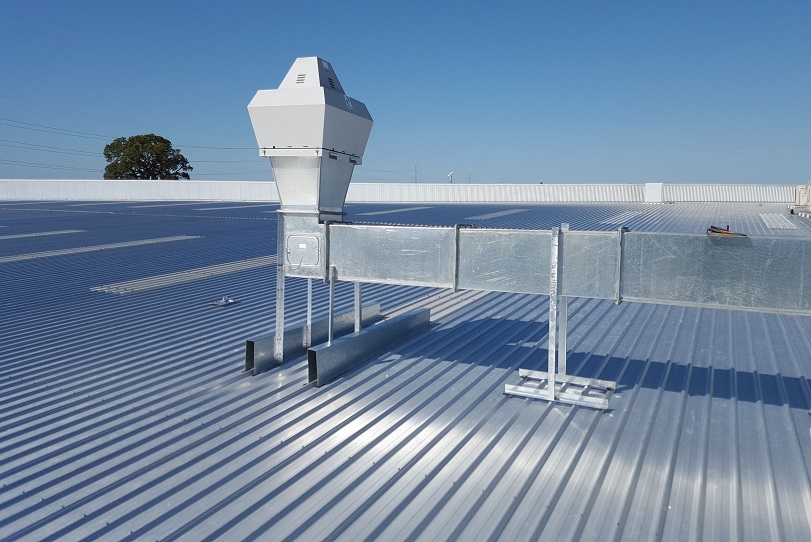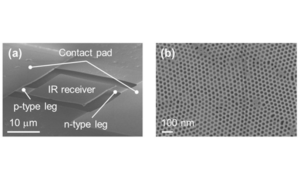HVAC manufacturers are striving to provide consumers with smart HVAC systems and increase their market share.
The HVAC controls market is projected to reach at$ 24.4 Bn, at a CAGR of 10.5 percent by 2025. Consolidating trend of smart homes, further accelerated by COVID-19 situation to boost HVAC controls market growth, boom in construction sector by fueling demand for HVAC controls, the emergence of IoT- enabled HVAC systems, and need to achieve energy efficiency in buildings are some of the key factors driving the HVAC controls market trends. Impacts of COVID-19 on HVAC controls market The HVAC industry has witnessed unprecedented growth during the past decade on account of rising investments by corporate sector, increased construction activities, rapid industrialisation, and the growth of the service sector.
The pressing need for energy-efficient HVAC systems, growing replacement demand for HVAC systems, and surging infrastructure-based developments are expected to drive the industry growth in future. However, COVID-19 has dealt a severe blow to the industry, leading to the simultaneous collapse of both supply and demand. The HVAC controls market, over the past few years, was being driven by significant rise in demand for these systems in the commercial sector. However, the recent COVID-19 pandemic has resulted in a decline in the growth of the market.
The market is expected to regain its growth momentum once end-user industries start recovering from the effects of this pandemic. The COVID-19 pandemic is restricting the supply of HVAC equipment and other control components due to severe disruptions in the global supply chain. Thus, the anticipated growth of the HVAC controls market across several application segments is expected to decline. Social distancing being the foremost way of curbing the spread of the disease, many HVAC businesses are being forced to either temporarily shut down, lay off employees, or pivot to operating remotely. The current situation has impacted the supply chain of the HVAC industry. Key components of HVAC control system, such as HVAC equipment and sensors and controlled equipment, are mainly manufactured in Asia Pacific.
The COVID-19 situation has exposed the overdependence on the region for key raw materials, especially on China, India, and US. Out of all the countries that manufacture HVAC components, China is arguably the most popular of them all. This is primarily because the country has been active in manufacturing HVAC products and spare parts for some time now. HVAC control manufacturers in multiple countries are highly impacted by the shutdown of operations in China and other Asia Pacific countries. The aforesaid has also resulted in limited production leading to a serious decline in business inputs.
The recovery depends on government assistance as well as the level of corporate debt and how the companies and markets cope with the lessened demand. The demand is expected to recuperate in the coming years, and the market growth rate is anticipated to return to normal levels by 2022. The rise in the adoption of HVAC equipment and control systems in the commercial sector and usage of remote technology or IoT-enabled HVAC systems will support the recovery of the market. After the recovery phase, the market is expected to grow at a moderate rate until 2025. Market dynamics emergence of IoT- enabled HVAC systems. The amalgamation of the HVAC industry and IoT provides for vastly superior customer-centric services, enabling remote appliance control. The key benefits of the inclusion of IoT in the energy sector are the operational visibility into HVAC appliances and ways to reduce, by a large margin, energy consumption.
By integrating smart devices with motion sensors, for example, HVAC contractors can get their devices to continuously monitor occupancy within the building. When no movement is detected for a prolonged period of time, the system can suggest, through an app notification, to turn heating (or cooling) down to lower the power usage. The controls can also easily employ the latest networking and AI technologies and thus be capable of learning the tenants’ preferences and adjusting to their comfort needs automatically over time. HVAC manufacturers are striving to provide consumers with smart HVAC systems and increase their market share. In any commercial or residential building, lighting and HVAC systems consume maximum energy. Implementing IoT in these applications and enabling machine-to-machine (M2M) connectivity would help in cost saving, resource conservation, predictive maintenance, comfort control, and healthy building performance.
As a result, demand for IoT-based HVAC control systems has increased. Low adoption of HVAC controls due to lack of awareness among end users Global warming and the need to achieve maximum energy conservation have become major global issues. Advanced HVAC systems help to address these concerns effectively; however, awareness regarding the benefits of HVAC systems and controls is low. The implementation of HVAC systems in residential buildings in developed countries is high; however, because of the high cost associated with the implementation of these systems, the adoption remains low even though the environmental benefits are high. Setting up an HVAC system in a building is a part of a subcontract given to a specialised company by contractors.
However, a majority of subcontracting companies lack technical expertise and budget, which leads to the implementation of ineffective HVAC systems and controls. Additionally, there is a lack of awareness regarding HVAC standards among contractors. Residential HVAC construction firms are unaware of the latest Seasonal Energy Efficiency Ratio (SEER) standards, which is hindering the adoption of HVAC controls. However, governments are supporting the adoption of HVAC systems by providing tax credits and rolling out regulations and standards. Growing demand for cloud computing in HVAC Cloud computing helps in storing data, carrying out processes, and running businesses using internet servers located in a remote location. It has evolved to become an engine of enterprise technology innovation. In HVAC systems, contractors store various data, such as information related to HVAC loads, equipment implemented in a building, proposals, maintenance activities, and others, which are created in a variety of systems that are disconnected from each other.
Acquiring such data manually is aligned with the risk of data loss and may also lead to confusion. To solve this problem, a common platform, i.e., cloud computing, can be used, providing access to everyone dealing with the project. Updated information regarding the project, client requirement, and equipment and controls selection can be done easily with a cloud platform. The same data can be used for future reference. Cloud computing helps in adhering to regulations, selecting energy-efficient HVAC systems and controls, analysing HVAC load, storing sales data, and maintaining data for technicians. Natural ventilation should be considered by opening windows, which is a safe option.
- For mechanical systems, the percentage of outdoor air should be increased using economiser modes of HVAC operations and potentially as high as 100%.
Before increasing outdoor air percentage, verification compatibility with HVAC system capabilities for both humidity and temperature control as well as compatibility with outdoor/ indoor air quality should be done.
- Total airflow supply to occupied spaces should be increased, if possible. • Disable demand-control ventilation controls that reduce air supply based on temperature or occupancy. • Improvement of central air filtration:
- Increase of air filtration to as high as possible without significantly diminishing design airflow. • Inspection of filter housing and racks to ensure appropriate filter fit and check for ways to minimise filter bypass.
- Considering the running of HVAC system at maximum outside airflow for 2 hours before and after spaces are occupied, in accordance with manufactory recommendations.
- Generation of clean-to-less-clean air movements by re-evaluating the positioning of supply and exhaustion of air diffusers and/or dampers and adjusting zone supply and exhaust flow rates to establish measurable pressure differentials. Arranging staff work for clean ventilation zones that do not include higher-risk areas such as visitor reception or exercise facilities (if open).
- Exhaust fans in restroom facilities should be functional and operating at full capacity when the building is occupied. The study conducted by “MarketsandMarkets” includes an in-depth competitive analysis of these key players in the HVAC controls market with their company profiles, recent developments, and key market strategies.
Cookie Consent
We use cookies to personalize your experience. By continuing to visit this website you agree to our Terms & Conditions, Privacy Policy and Cookie Policy.















